The views expressed in our content reflect individual perspectives and do not represent the authoritative views of the Baha'i Faith.
Saturday morning, May 23, 2015, Desert Rose Baha’i Institute, Eloy, Arizona. The air was fresh, the place refreshingly quiet, the temperature remarkably mild—a good day for our presentation: “Pupil of the Eye’: An Ennobling Racial Metaphor.”
In this article you’ll meet Robert Turner, the first African American Baha’i. We will focus on a special letter from Abdu’l-Baha to Mr. Turner, and its remarkably original and uplifting racial metaphor, the “Pupil of the Eye,” which originates with Baha’u’llah, the prophet and founder of the Baha’i Faith:
Baha’u’llah once compared the coloured people to the black pupil of the eye surrounded by the white. In this black pupil you see the reflection of that which is before it, and through it the light of the Spirit shines forth. – Abdu’l-Baha, Abdu’l-Baha in London, p. 68.

Robert Turner
We began our presentation with this quote, and included many others throughout the Baha’i teachings, where people of African descent were often seen as having a greater spiritual capacity, owing to an innate purity of heart: “the pure-hearted and the spiritually receptive Negro race, so dearly loved by Abdu’l-Baha,” “pure-hearted peoples of South Africa,” “pure hearted spiritually receptive indigenous people of Africa whom Baha’u’llah compared with the pupil of the eye,” etc.
Then we spoke a little bit about the life of Robert Turner, the butler of Phoebe Hearst, a wealthy philanthropist who was one of the first American Baha’is. Robert Turner became a Baha’i himself in the early 1900s. Ali Kuli Khan and his wife Florence, guests of Phoebe Hearst, visited Mr. Turner in San Francisco, and wrote a letter to Abdu’l-Baha about Turner’s illness. This is Abdu’l-Baha’s reply:
Convey wondrous Abha greetings to Mr. Robert [Turner], the servant of that honorable lady, and say to him: ‘Be not grieved at your illness, for thou hast attained eternal life and hast found thy way to the World of the Kingdom. God willing, we shall meet one another with joy and fragrance in that Divine World, and I beg of God that you may also find rest in this material world.’ – Provisional translation by Ali Kuli Khan, quoted in Marzieh Gail, Arches of the Years, p. 54.
After Mr. Turner passed away, Abdu’l-Baha revealed a special prayer in commemoration of Mr. Turner:
O Thou Creator! O Thou Forgiver! Glorify the precious Robert in Thy Kingdom and in the garden of the Paradise of Abha. Bring him in[to] intimate association with the birds of the celestial meadow.
O Thou Knowing God! Although that sinless one was black in color, like unto the black pupil of the eye, he was a source of shining light.
O Thou forgiving Lord! Cause that longing one to attain Thy meeting and cause that thirsty one to drink the water of life in abundance. Thou art the Forgiver, the Pardoner, the Compassionate. – Ibid., p. 55.
Note here that Abdu’l-Baha refers to Mr. Turner as “that sinless one… black in color, like unto the black pupil of the eye… a source of shining light.” What is the significance of the expression, “the black pupil of the eye”? What is its importance in the Baha’i teachings on interracial harmony and ideal race relations?
In our presentation, we explained it this way: at a time when race prejudice against “Negroes” pervaded American society—along with a constellation of stereotypical social tropes, all negative and degrading, calculated to keep African Americans in their inferior social place in society by reinforcing the belief that ‘colored’ people were inherently inferior—the ‘pupil of the eye’ metaphor offered respect, dignity and purpose to African Americans who, by virtue of the wrongs they had suffered from slavery to the present day, were more alive to the need for equity and equality.
Comparing African Americans to the ‘pupil of the eye’ of the rest of humankind suggests that their unique historical experience of hardship and suffering had endowed them, collectively, with insights into the human condition that many whites themselves had failed to see.
Nahzy Abadi Buck then read and commented on three “Pupil of the Eye” Tablets by Abdul-Baha to three early African American Baha’is, with two Tablets in Persian, and one in Arabic. She read the letters in their original Arabic and Persian languages, and commented that “pupil” would, if translated literally, be “man” or “person.” What does “man of the eye” or “person of the eye” signify? Abdu’l-Baha tells us that Baha’u’llah once compared black people to “…the black pupil of the eye surrounded by the white. In this black pupil you see the reflection of that which is before it, and through it the light of the Spirit shines forth.”
Abdu’l-Baha had a deep regard for Robert Turner. In a letter to him before his death, Abdu’l-Baha, as if knowing that Mr. Turner would not live much longer on this mortal plane, lovingly wrote:
O thou servant of God!
Thank thou God that from the day of the meeting until now Abdu’l-Baha has not forgotten thee. He remembers thee always. I ask of the Lord of the Kingdom that he make thee dear in this world and the world to come; crown thee with the love of God and make thee an ignited and enkindled candle among the colored race. – Provisional translation, August 17, 1909, Chicago, Illinois.
In the next article in this series, we’ll take a look at the Arabic “Pupil of the Eye” Tablet that Abdu’l-Baha wrote for Robert Turner, and consider its significance.


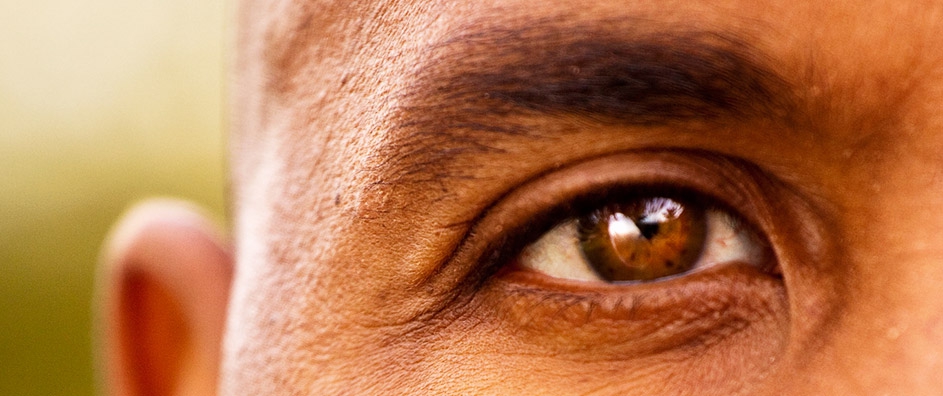

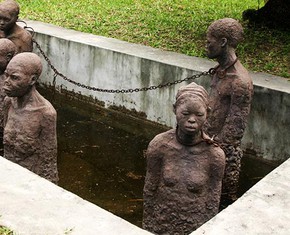

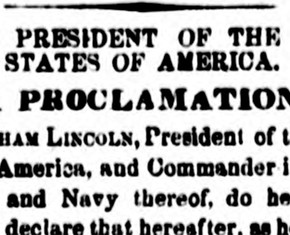
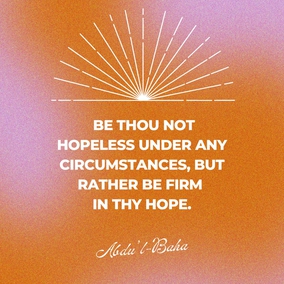
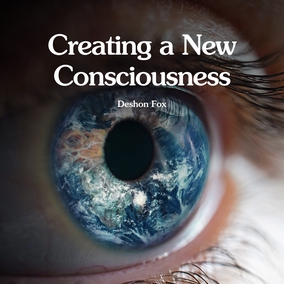


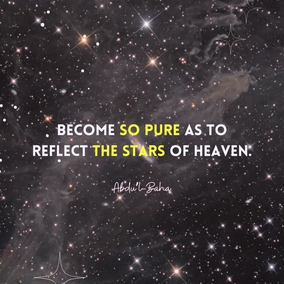

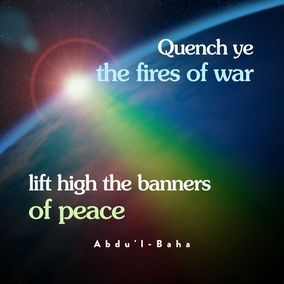
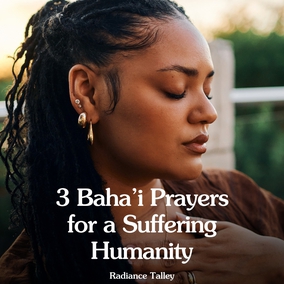

Comments
Sign in or create an account
Continue with Googleor